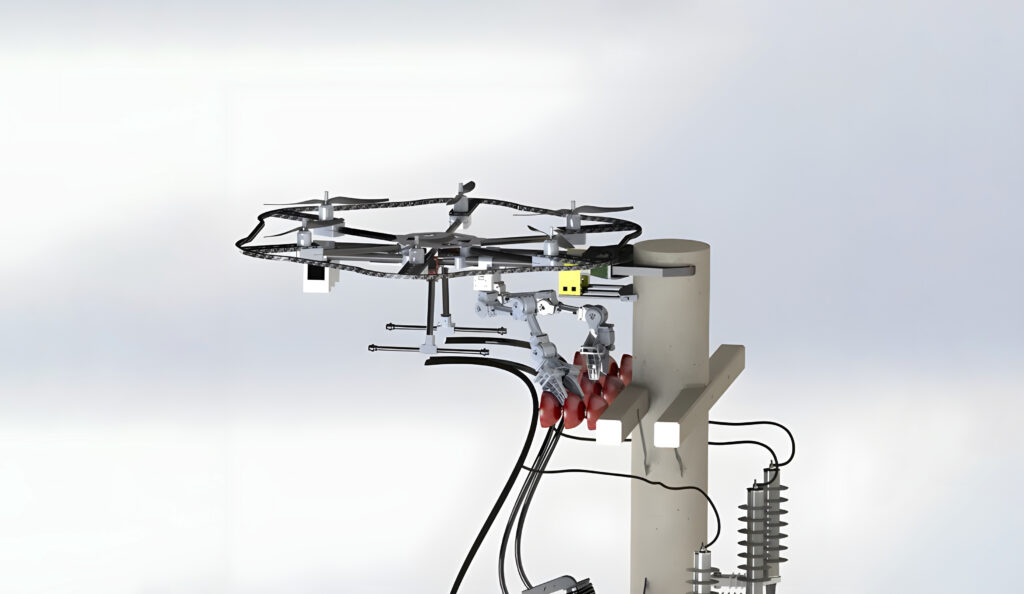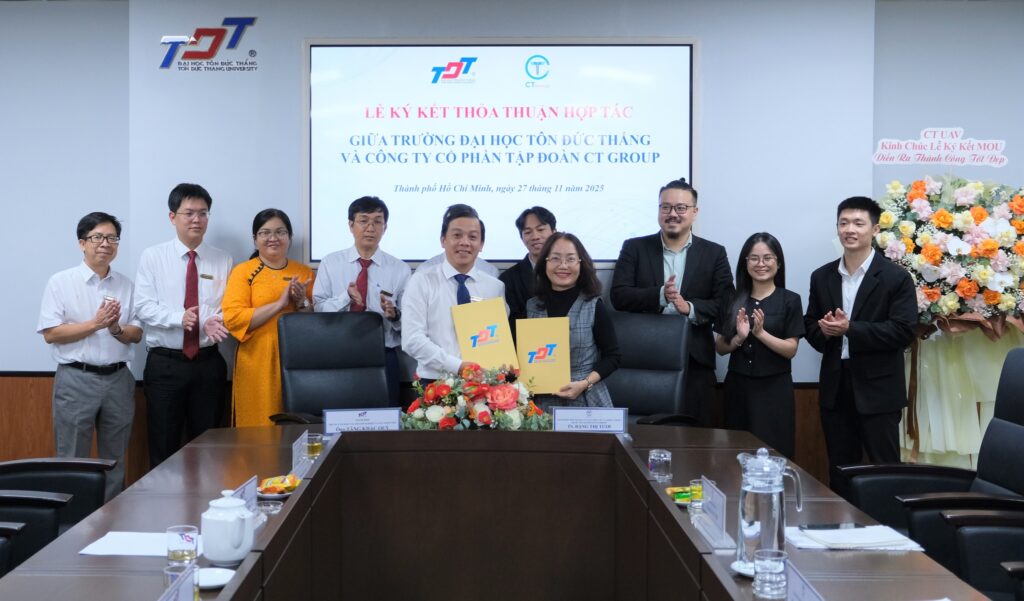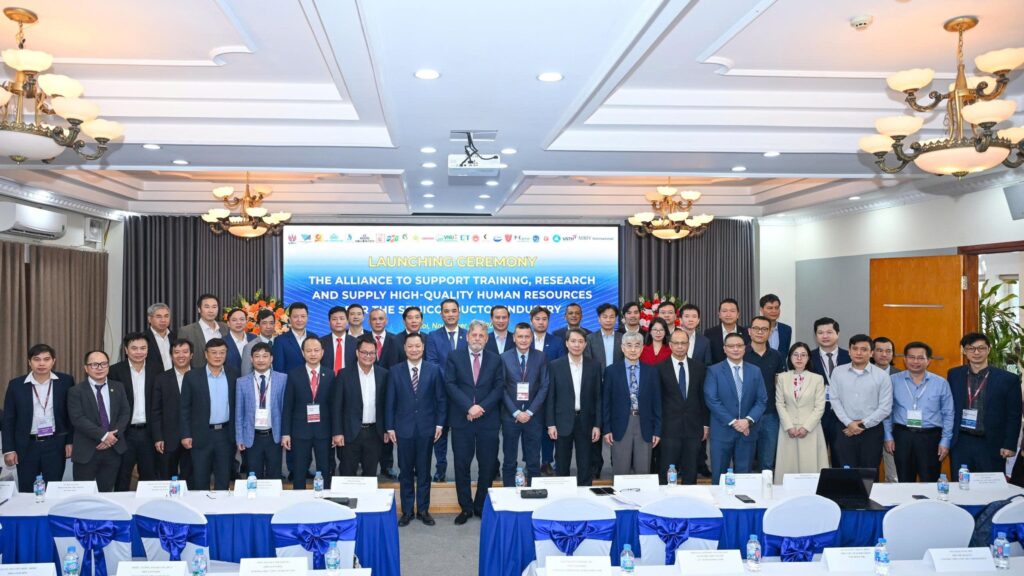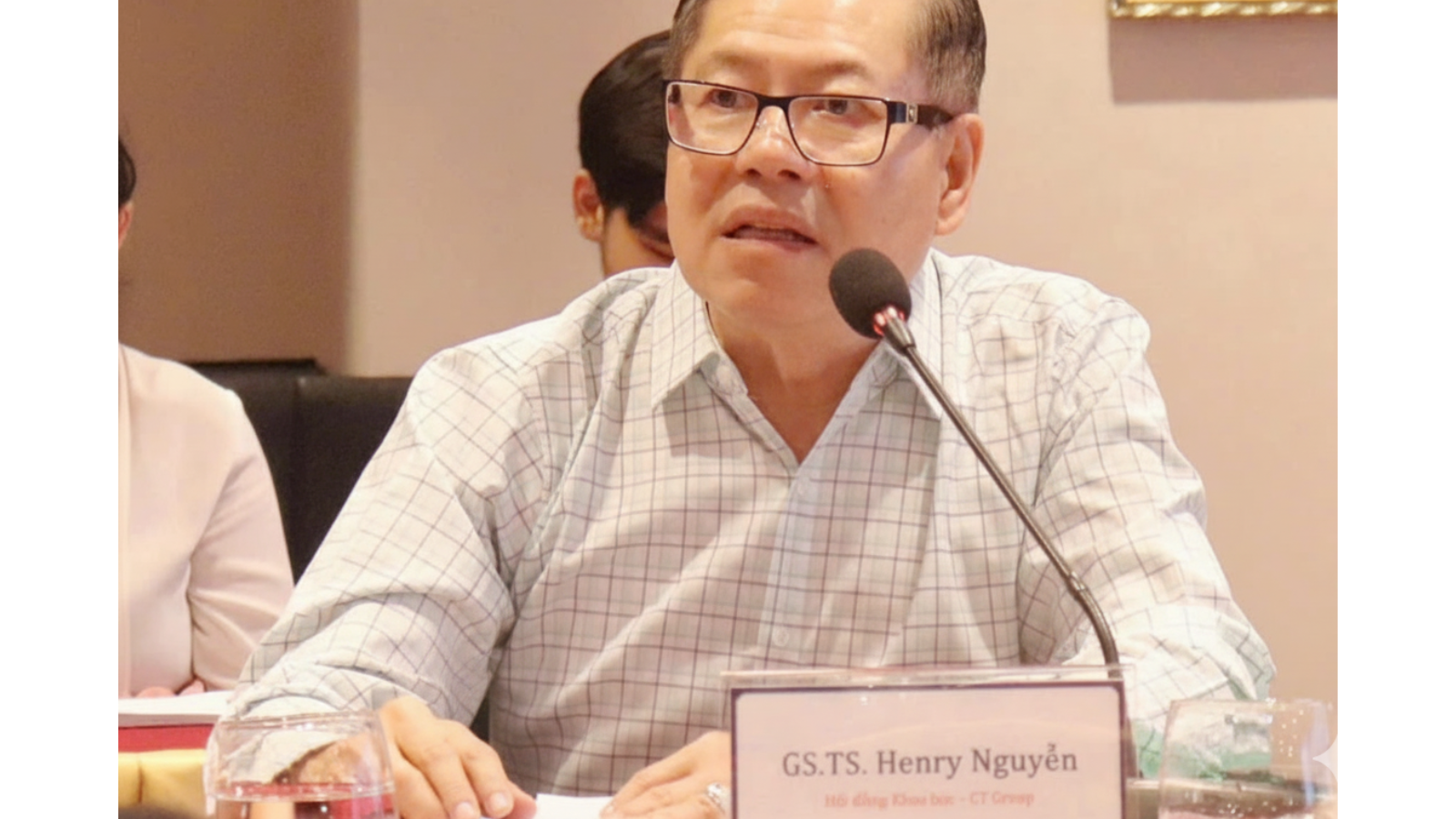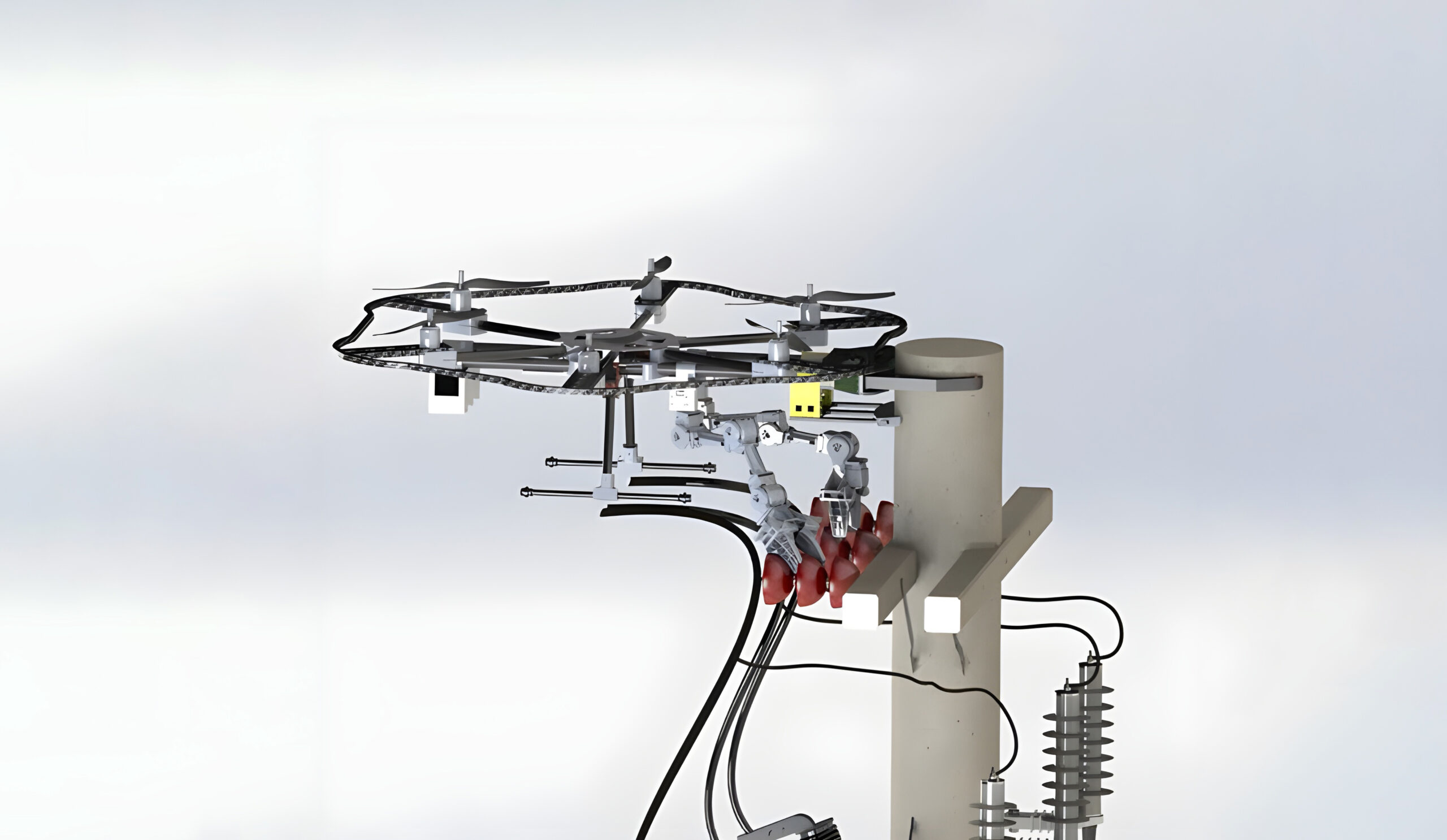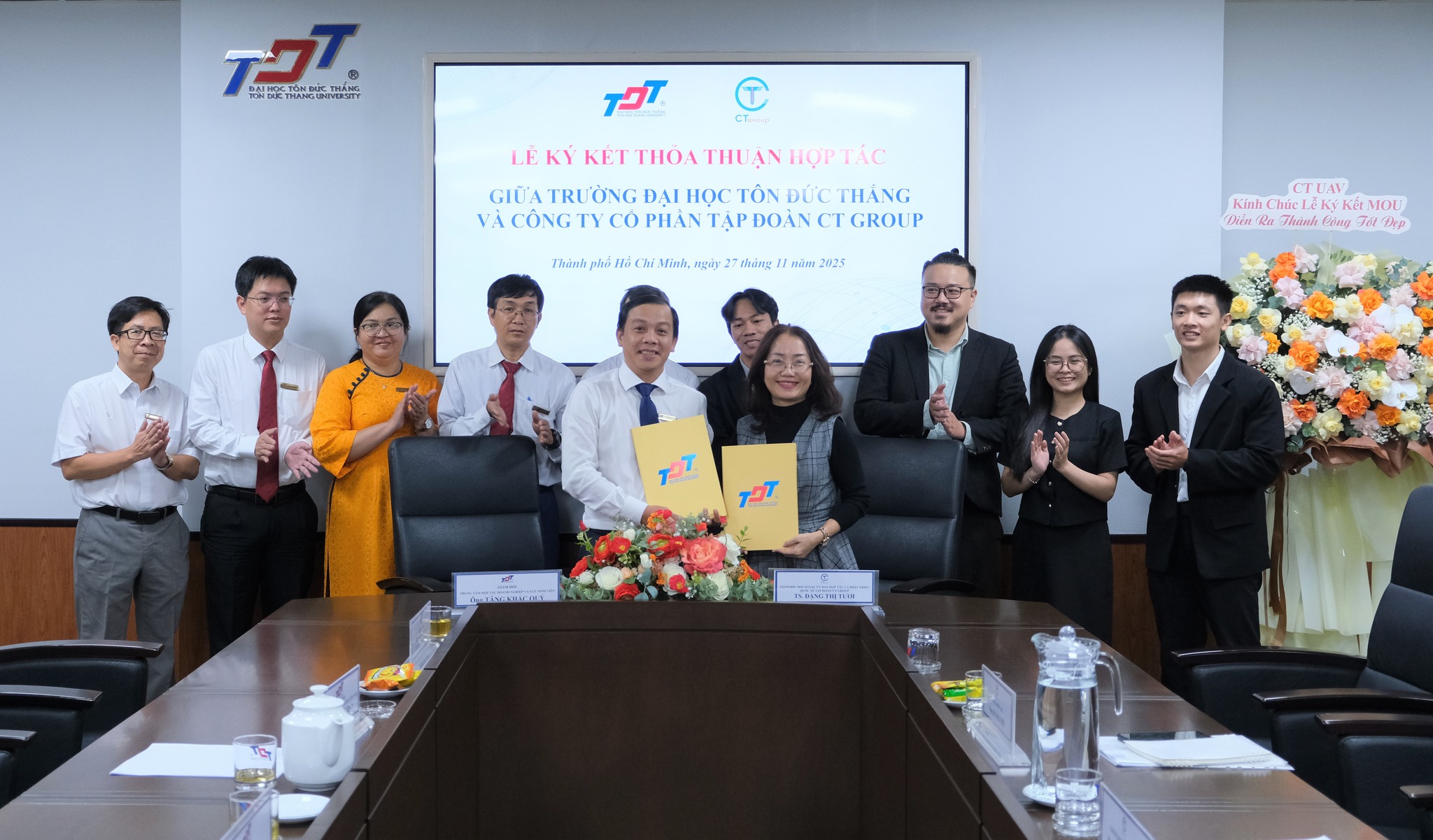The skepticism surrounding the export order of 5,000 UAVs to South Korea, according to CT Group Chairman Trần Kim Chung, is in fact a source of motivation for scientific researchers.
On August 12, CT Group drew public attention after signing a contract to export heavy-duty cargo UAVs to South Korea. These UAVs, developed and manufactured by CT UAV – a member company of CT Group – are capable of carrying payloads ranging from 60 to 300 kilograms.
Founded in 1992, CT Group began with commerce, manufacturing, and real estate before expanding into high technology. In an interview with VnExpress, Chairman Tran Kim Chung reflected on the Group’s decade-long journey of UAV research and its ambition to bring Vietnamese technology products to the global market.
– How would you respond to those who doubt that CT Group possesses core UAV technologies?
– It is understandable to be skeptical. This is our very first time exporting unmanned aerial vehicles, so many people remain unconvinced. I believe that is a natural reaction. Once the first orders are delivered, such doubts will gradually fade away.
I view this skepticism from a positive perspective. Science thrives on skepticism as a driving force for advancement and continuous exploration. What matters is that such skepticism stems from a constructive spirit, not malice. UAV technology is still at an early stage in Vietnam, and it requires the support of both the government and the community.

Mr. Tran Kim Chung – Chairman of CT Group
On the other hand, we have also received countless encouraging messages, with some even creating videos to show their support. Over the past 10 years of developing UAVs, we have endured tremendous hardships, losses, sweat, and tears. That is why, when we receive encouragement from the community or from partners such as Vietnam National University – Ho Chi Minh City and Ho Chi Minh City University of Technology, we are deeply moved, as it feels like renewed strength has been given to us.
If you truly want to understand us, go ask them directly. Ordinary people who are unfamiliar with technology often make assumptions based on sentiment, but experts will provide clear and accurate answers.
– In Vietnam, CT Group is still a relatively unfamiliar name in the field of technology. When did the company begin to shift its focus toward technological products?
– In 2022, on the occasion of our 30th anniversary, we announced a new strategy for the next 30 years, with a strong focus on technology. Specifically, the company set its sights on nine high-tech industries, including: semiconductors, AI, UAV, green crypto currency, carbon credit trading platforms, zero-emission modular housing, electric car and high-speed train, quantum computing, new energy, gene and cell technology, and Digital Twins. Prior to this, we had already spent several years quietly preparing for this direction.
Scientific and technological research is very different from consumer goods; experiments usually happen quietly, out of the public eye. That is why few people knew CT Group had been working across nine technology sectors until our UAV export order was announced.
Our decision to transition into technology stemmed from an early awareness of the 4.0 Industrial Revolution. As early as the 2000s, I recognized how different this revolution was compared to previous industrial revolutions. Nations that fail to keep pace will remain dependent, while those who move swiftly will rise to the top. I have shared this view in many lectures at universities. This shift is not about following a trend, it is indeed a long-term strategic vision.
Currently, CT Group operates in 12 business sectors, consisting of 9 high-tech industries and 3 traditional fields: Smart City; Infrastructure (Transportation, Technical, Social, and Green Logistics); and Clean Food and Beverage, Healthcare Service. These traditional areas are maintained as the “foundation” to ensure stability. This year, the company will begin generating revenue from high-tech products, with growth expected to accelerate in the coming year.
– How has the company researched and developed UAVs? What is the scale and production capacity of CT UAV?
– We began our UAV research in 2016 and experienced two failures along the way. The first was when we partnered with a company specializing in agricultural UAVs to establish Dr One. While our focus was on in-depth R&D, our partner leaned more toward distribution, and eventually, we could not find common ground.
Later, we set up CT Air UAV with another partner, this time with a clearer research orientation. Together, we attempted to enter the Middle Eastern market, but challenges arose as our research pace could not keep up with the stringent demands of that market.
From those two setbacks, we drew valuable lessons and remained persistent. Today, CT UAV has accelerated its R&D capabilities, keeping pace with global market trends.
We currently operate five UAV factories and are preparing to establish a Space Center in Ho Chi Minh City, designed to accommodate 10,000 engineers for research and experimentation in space economy technologies. In addition, a UAV factory in Tay Ninh is awaiting deployment.
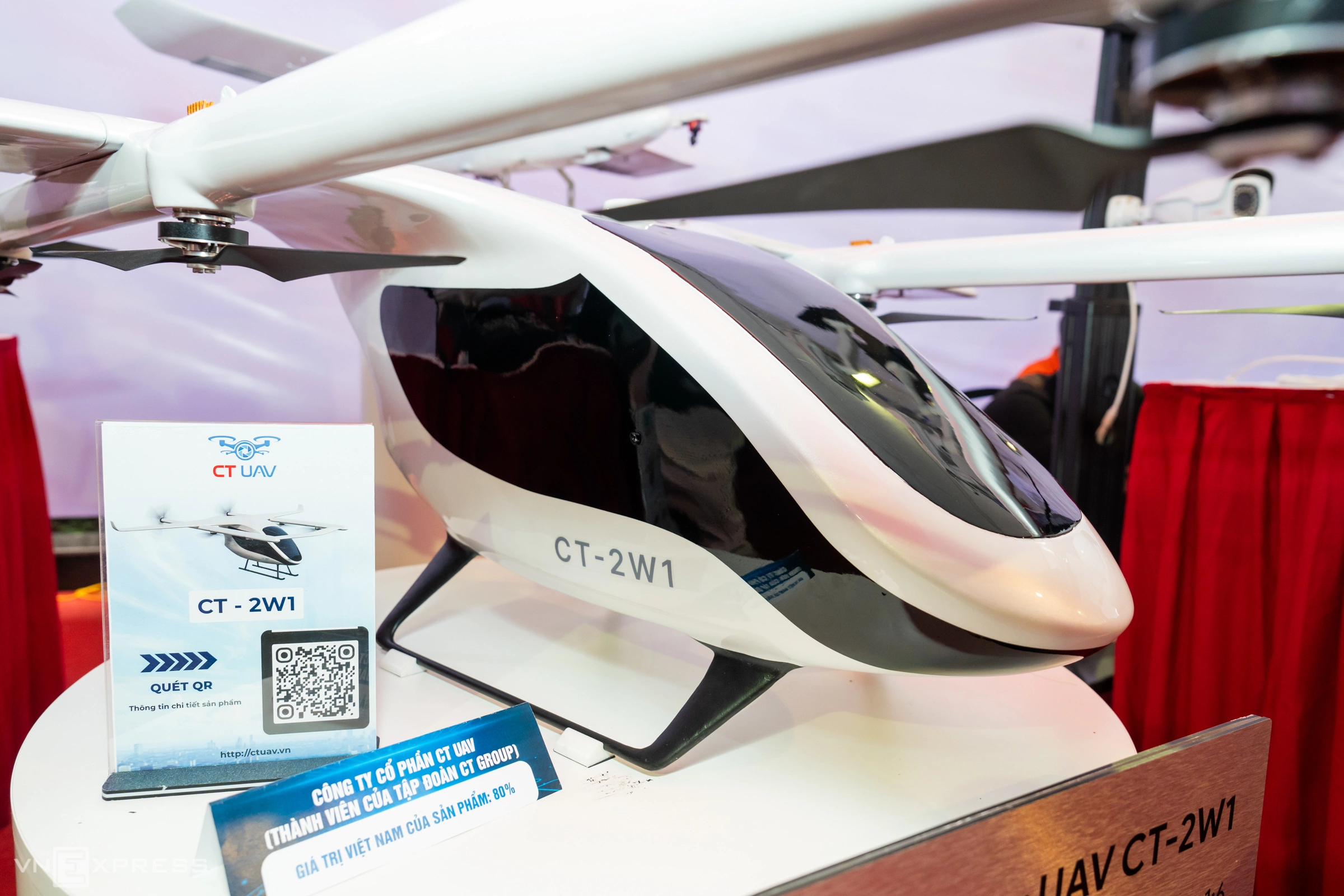
The CT-2W1 model, a passenger-carrying UAV developed by CT Group, at a 1:6 scale compared to its actual size, was showcased at the 1st Congress of the Party Committee of the Ministry of Science and Technology on August 16



CT UAV’s factory in Binh Hoa, Ho Chi Minh City
– Could you elaborate on the contract to export 5,000 UAVs to South Korea?
– We signed the UAV export order with Airbility, a South Korean company. Airbility is strong in engineering, with a team of highly experienced experts who previously worked in major corporations and government agencies, and it has robust financial backing from investment funds.
Globally, many companies focus on design rather than manufacturing, as technology evolves rapidly and building factories carries significant risks. Airbility follows the same approach. They position themselves in design and innovation. They turned to CT UAV because of our production capacity, our laboratories both in Vietnam and abroad, and our fast-paced R&D capability – transforming ideas and designs into tangible products within a short timeframe.
During our collaboration, we recognized Airbility’s potential and high level of professionalism. They have the financial strength to ensure payment for the order. I believe this cooperation model is highly feasible and will open up long-term development opportunities.
At present, we have completed about 50% of the journey. The earliest by October, both sides will finalize the prototype. Depending on complexity, production and delivery will take between 6 to 9 months. If all goes smoothly, by 2026 we will complete the export order of 5,000 UAVs to South Korea.
– In this order, the company mentioned a localization rate of 85%. How should this figure be understood?
– We have mastered six core technologies essential for UAV development, including: electronic circuit design and manufacturing; composite technology for molding aircraft bodies; flight control systems; telecommunications technology for signal and image transmission; gimbal stabilization technology; and, finally, battery technology.
We control between 85% and 90% of UAV manufacturing technologies, across 16 product lines primarily serving economic development. The remaining gap lies in battery cells – the hardware component of batteries – which we have not heavily invested in due to the rapid pace of change in this technology and the ready availability of supply in the market.
Beyond UAVs, CT Group also possesses chip design capabilities – a rare achievement among UAV companies worldwide. We also own a company specializing in AI, thereby creating a synergistic ecosystem where technological sectors complement one another.

Besides his role as an entrepreneur, Mr. Tran Kim Chung is currently a member of the Scientific Council at the University of Economics HCM City.
– After South Korea, which markets will be the next for CT Group’s UAVs?
– We are in negotiations for 10 UAV orders across various countries. All potential buyers are from markets with long-term growth prospects. We do not sell UAVs to countries engaged in war or facing political risks.
As early as this week, we may sign a framework agreement with a partner in Indonesia. Many clients in Europe and North America have also expressed interest, with specific requirements that the UAVs must not contain Chinese components. We are able to meet these demands thanks to our mastery of core technologies, as long as the conditions of timeline and cost are satisfied.
– With a decade in this field, how do you view the UAV market in Vietnam?
– Vietnam is still an emerging market for UAVs, with only a handful of companies capable of producing internationally competitive products, the majority are importers and distributors.
The domestic market mainly consumes UAVs for agricultural purposes, concentrated in the Mekong Delta and Central Highlands. Some industries have started applying UAVs for industrial use, but only on a small scale. Currently, regulatory hurdles remain the biggest obstacle. For Vietnam’s UAV market to thrive, institutional barriers must first be addressed.
Meanwhile, the global UAV market is expanding rapidly. In China alone, the low-altitude economy reached a value of USD 65 billion in 2023, and is projected to grow to USD 500 billion this year.
On the global stage, ongoing trade conflicts are creating opportunities for Vietnamese UAV companies to step in and fill the gap.



